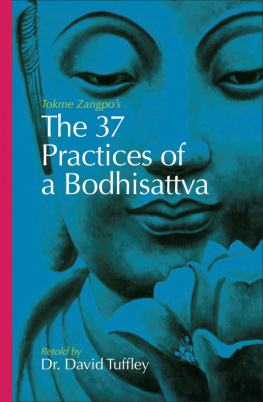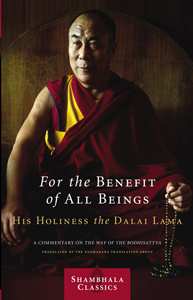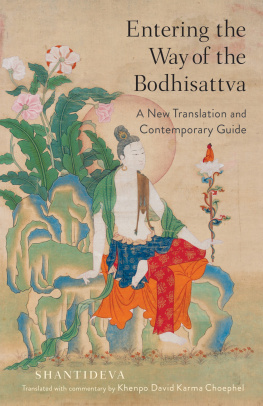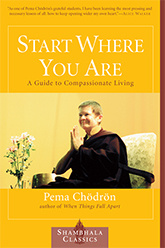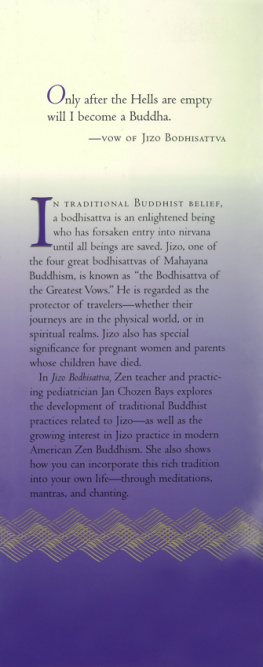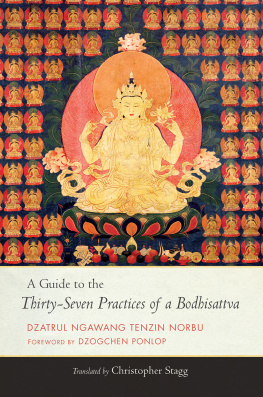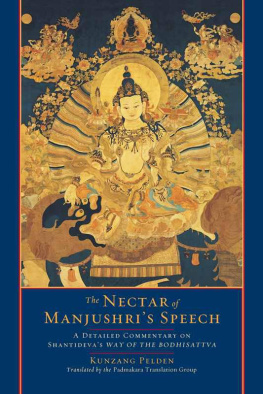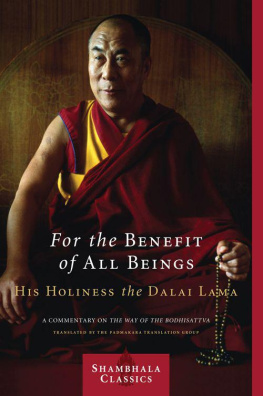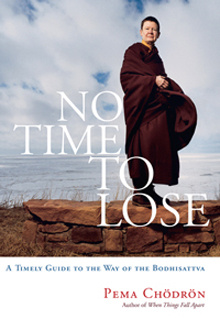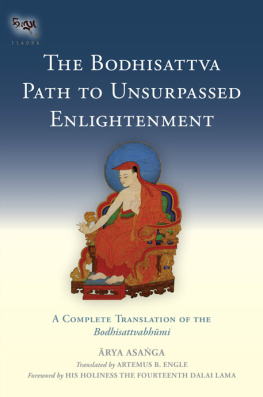David Tuffley - The 37 Practices of a Bodhisattva
Here you can read online David Tuffley - The 37 Practices of a Bodhisattva full text of the book (entire story) in english for free. Download pdf and epub, get meaning, cover and reviews about this ebook. year: 2011, publisher: Altiora Publications, genre: Religion. Description of the work, (preface) as well as reviews are available. Best literature library LitArk.com created for fans of good reading and offers a wide selection of genres:
Romance novel
Science fiction
Adventure
Detective
Science
History
Home and family
Prose
Art
Politics
Computer
Non-fiction
Religion
Business
Children
Humor
Choose a favorite category and find really read worthwhile books. Enjoy immersion in the world of imagination, feel the emotions of the characters or learn something new for yourself, make an fascinating discovery.
- Book:The 37 Practices of a Bodhisattva
- Author:
- Publisher:Altiora Publications
- Genre:
- Year:2011
- Rating:4 / 5
- Favourites:Add to favourites
- Your mark:
The 37 Practices of a Bodhisattva: summary, description and annotation
We offer to read an annotation, description, summary or preface (depends on what the author of the book "The 37 Practices of a Bodhisattva" wrote himself). If you haven't found the necessary information about the book — write in the comments, we will try to find it.
Thirty-seven Practices of a Bodhisattva is an ancient text written in the 14th Century BCE by Tokme Zangpo, a Buddhist monk and scholar who was born in Puljung, south west of the Sakya Monastery in Tibet.
Thirty-seven Practices seeks to make clear the day-to-day behavior of a Bodhisattva (an enlightened being on their way to attaining full Buddhahood for the benefit of all sentient beings). It serves as a practical guide for those people seeking to travel the path of enlightenment. Though short in length, a person could spend a lifetime perfecting the practices.
The work can be seen as a companion to Santidevas classic work the Bodhicaryavatara.
While there are English translations of this text, they are a little difficult to understand for many readers living in the 21st Century. The mode of expression and the figures of speech are the product of that far-off time. This book faithfully re-expresses in modern day language the underlying message of the original text. Every effort has been made to preserve the underlying spirit of the message.
While I respect the beauty of the original text, my greatest wish is to bring the even greater beauty of the underlying message to a whole new audience in the modern world who might otherwise find the original text less than easy to fully understand.
Tokme Zangpo dedicates the text to:
The Bodhisattva Lokesvara whose compassion extends to all sentient beings and whose example inspires me*.
- Those who perceive that the physical world is but an illusion and have entered the path to enlightenment for the benefit of all sentient beings.
- All the venerable mentors who have shown me the path to enlightenment.
- All the realised Buddhas.
To achieve the fullest realisation of the Dharma, one must live in full awareness of the correct practices that lead to such realisation. This text humbly attempts to explain what any Bodhisattva has done, and any would-be Bodhisattva must do in order to achieve enlightenment.
Sample Practice (20)
Our inner demons are our most formidable enemy, greater than any external enemy.
Struggling with our inner enemies makes them stronger and greater in number. This is not the way to defeat them.
Until and unless we learn to master our inner enemies they will continue to thrive and they will open the way for negative forces outside of ourselves to invade us.
These enemies can only be mastered through mercy and love; therefore we work to cultivate these. When negativity arises in our mind-stream, we are mindful of its rising and immediately neutralise it with love.
This is the way of the Bodhisattva.
Commentary: The mental afflictions that derive from unevolved behavior can be neutralised by noticing when they arise, and mindfully replacing them with kindness and a loving attitude generally.
The unevolved behavior mentioned here is how our distant ancestors behaved in a savage, uncivilised world. Being proud and competitive, fighting over sexual partners, property and land was once a helpful way to survive in the distant past. Have you noticed how many people still act this way today when it is unnecessary?
This might be our instinctive behavior, but it is no help whatever for the one travelling the path to enlightenment. You must transcend this normal behavior and in the process transcend your base self. Identify with your highest self, not your inner caveman.
David Tuffley: author's other books
Who wrote The 37 Practices of a Bodhisattva? Find out the surname, the name of the author of the book and a list of all author's works by series.

